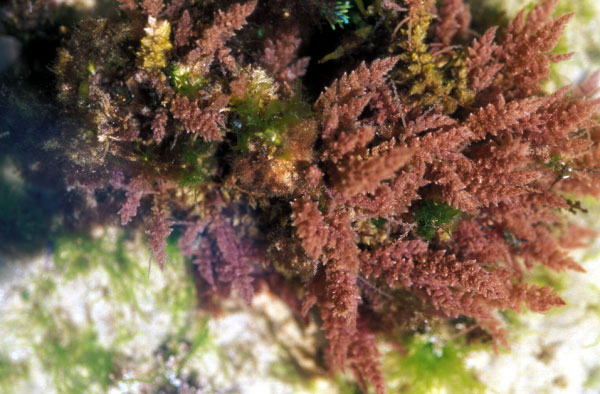Antiviral Sulfoquinovosyldiacylglycerols (SQDGs) from the Brazilian Brown Seaweed Sargassum vulgare
Total lipids from the Brazilian brown seaweed Sargassum vulgare were extracted with chloroform/methanol 2:1 and 1:2 (v/v) at room temperature. After performing Folch partition of the crude lipid extract, the lipids recovered from the Folch lower layer were fractionated on a silica gel column eluted with chloroform, acetone and methanol. The fraction eluted with methanol, presented a strong orcinol-positive band characteristic of the presence of sulfatides when examined by TLC. This fraction was then purified by two successive silica gel column chromatography giving rise to fractions F4I86 and F4II90 that exhibited strong activity against herpes simplex virus type 1 and 2. The chemical structures present in both fractions were elucidated by ESI-MS and 1H/13C NMR analysis HSQC fingerprints based on their tandem-MS behavior as Sulfoquinovosyldiacylglycerols (SQDGs). The main SQDG present in both fractions and responsible for the anti-herpes activity observed was identified as 1,2-di-O-palmitoyl-3-O-(6-sulfo-α-d-quinovopyranosyl)-glycerol.



